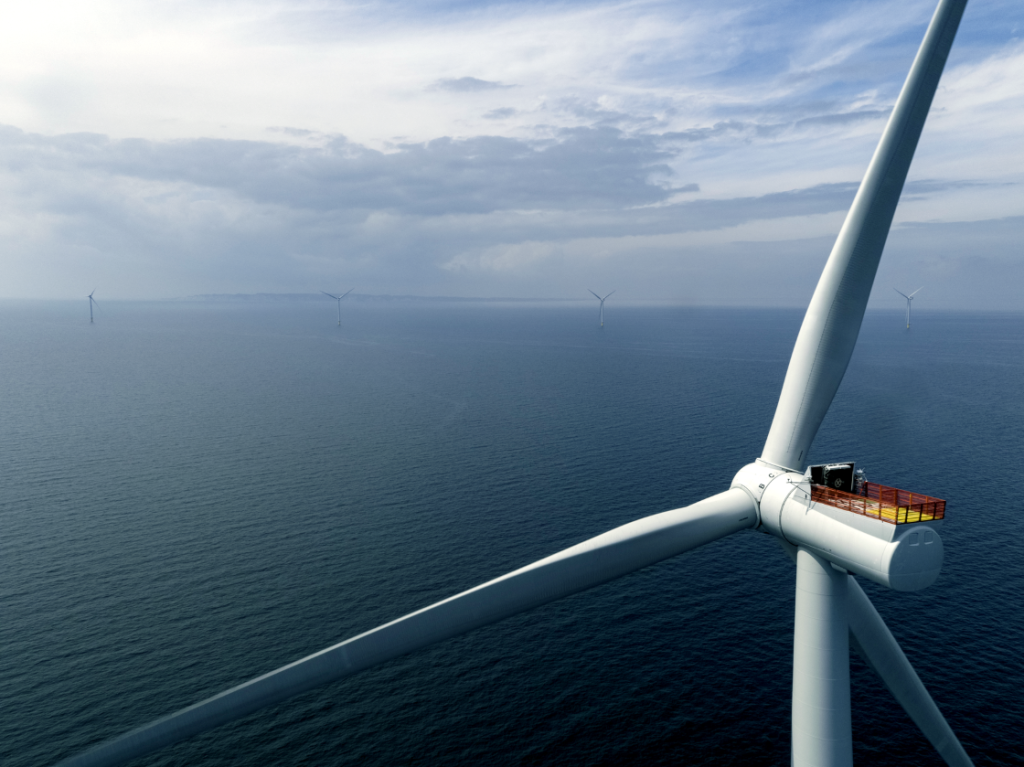1.8GW Norfolk offshore wind farm project halted amid 40% cost hike

This post was originally published on this site

Sweden headquartered energy multi-national Vattenfall has halted the development of its Norfolk Boreas Offshore Wind Farm, citing a 40% increase in offshore wind costs.
The windfarm is intended to be part of one of the UK’s most ambitious renewable energy projects, but Vattenfall says market changes have altered its capex and cost burden dramatically since the project was funded a year ago.
The Norfolk Boreas project is a 1.8GW offshore wind power generation facility scheduled to be constructed in the North Sea off the Norfolk Coast. It is the first phase of the Norfolk Offshore Wind Zone, planned to have a total installed capacity of 3.6GW, which would power more than 4M UK homes.
The company’s interim report for January to June 2023, released today, cites a supply chain crisis caused and compounded by price inflation of up to 40% as the reason for the shelving of the scheme. The company said geopolitical challenges were adding to the problem. Vattenfall chief executive Anna Borg said in the report: “We have decided to stop the development of Norfolk Boreas in its current form and not take an investment decision now.”
She continued: “Higher inflation and capital costs are affecting the entire energy sector, but the geopolitical situation has made offshore wind and its supply chain particularly vulnerable.”
It is understood that in light of rising costs, Vattenfall is reassessing the entire Norfolk Zone, which also includes the Vanguard East and West electricity production projects.
Unlike the Vanguard projects however, the issue with the Norfolk Boreas development is its funding through the Contract for Difference (CfD) framework. Vattenfall’s u-turn on the scheme comes 12 months after confirmation on 7 July 2022 that Norfolk Boreas had been included in the UK Governments CfD allocation round.
The CfD scheme is the government’s mechanism for supporting low carbon electricity generation. It is designed to incentivise investment in renewable energy by providing developers protection from volatile wholesale prices on projects with high upfront costs and long life spans.
In February, engineering consulting group Cowi was awarded a contract by Vattenfall for oversight of the design phase of the onshore cable installation for the project.
However, Vattenfall’s interim report today said inflation and global geopolitical factors meant the project had negatively impacted the company to the tune of Skr5.5bn (£415M), resulting in a profit for the first half of the year of Skr6.9bn (£522M), which is Skr3.4bn (£260M) lower than in the same period of 2022.
At a press conference this morning, Vattenfall chief executive officer Anna Borg said the situation a year on from the CfD allocation was markedly different from that of 12 months ago.
“We’ve had to make tough decisions and re-prioritisations such as the decision we have made to stop the Norfolk Boreas project,” she said. Rising costs had a particularly negative effect on projects in development, she said.
“For us it’s important to be prudent and only invest when our return requirements are met. In the case of the Norfolk Boreas project that is not the case anymore.”
Vattenfall CFO Kerstin Ahlfont said given spiking capital expenditure costs and the rising costs of raising capital itself, “as well as revenue not reflecting these market developments, the prerequisites to meet profitability requirements are simply not there.” The current climate meant the company was taking a “prudent” approach to capital allocation, she said.
Vattenfall senior vice president for business area Wind, Helene Biström said while demand for offshore wind remained high, “steep price increases from inflation, but more importantly the geopolitical situation” were causing “severe problems” in the global supply chain for offshore wind.
“What we are now seeing is key suppliers exiting from binding agreements and delayed deliveries, which is of course very troubling for projects in development.”
Biström said: “Simply put, the market framework in the UK is supposed to incentivise investment in renewables but it doesn’t reflect the current market environment. If we take the Norfolk Boreas project, we locked in the revenue element with the CfD in the UK over a year ago when market conditions were completely different. What we see today with the new market conditions is that it simply doesn’t make sense to continue this project.”
Halting the project will necessitate Vattenfall defaulting on the CfD, meaning if the company were to restart it, it would need to re structure its funding from scratch, she said. She added that while the company would look into alternative funding routes, CfDs were the established and primary revenue stream for new projects.
Biström added: “To find solutions requires all of us to be involved including developers, stakeholders and the government to find a way forward. It’s not so easy but it will be done.”
Borg confirmed Vattenfall was in constructive discussions “with all parties” including stakeholders in the UK, “but there are no conclusions yet.”
Commentators in the UK indicated a radical funding rethink was needed by the UK government. Energy and Climate Intelligence Unit (ECIU) head of energy Jess Ralston said: “Costs of wind farms have been driven up by ongoing high gas prices causing supply chain inflation, just like for other industries.
“If Government gets the policy wrong on the current round of renewables auctions and doesn’t keep pace with increasing costs, the UK could end up even more reliant on foreign gas, leaving households on the hook with higher bills. Doubling down on renewables, which remain much cheaper than gas, means in future price spikes we’ll be less exposed.”
Angus Walker, a partner at the law firm BDB Pitmans, specialising in large energy infrastructure projects, said it was “disappointing that Vattenfall is halting development of one of the UK’s largest offshore windfarm due to rising costs.
“Planning’ is often blamed for delays but there are many other reasons, as in this case. Given the government’s challenging target of 50GW of offshore wind capacity by 2030 this also demonstrates that a much greater pipeline than 50GW is needed as some projects will fall by the wayside.”
Like what you’ve read? To receive New Civil Engineer’s daily and weekly newsletters click here.




Responses